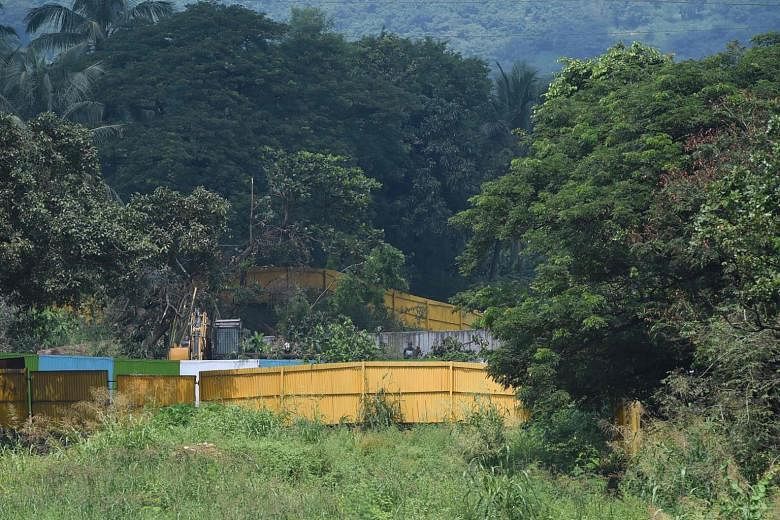BANGALORE - India has never had a single legal definition for what constitutes a forest. Thanks to a recent announcement by the country's environment ministry, it might now get 29.
The Forest Advisory Committee (FAC) under India's environment ministry said on Oct 18 that governments in all 29 states could now define what a forest is, and demarcate those lands for protection. Such state-marked land would be called "deemed forests".
This announcement is significant because it clarifies and emphasises a 1996 Supreme Court judgment that asked states to set up expert committees and evolve parameters by which a tract of land could be called a forest. This could then be governed by the country's forest conservation laws. However, there is no public information about how many states did this exercise.
The central conundrum is that India has no official definition for forests. The Forest Survey of India describes a forest as all lands "which have a tree canopy density of more than 10 per cent when projected vertically on the horizontal ground, within a minimum areal extent of one hectare". In 1996, India's Supreme Court said a forest was land that fit the dictionary definition - a large area with many trees.
Considering only tree cover has left India's shrub forests, mangroves and grasslands vulnerable and unprotected. Government data shows over 15,000 sq km of forests were diverted in the last 32 years in India and conservationists blame the lack of a proper definition as a major contributor for this.
The central government has for the past five years tried to define a forest. But Mr Siddhanta Das, director-general of forests in the environment ministry said that there were almost 16 different types of forests across the country, and an all-encompassing definition was not viable.
The FAC, in charge of granting permission for forests to be felled for industry or infrastructure, said that states were better equipped than the central ministry "to understand their own forests and needs, and should frame criteria for their forests".
The latest clarification removes the need for a national definition, because each state will evolve its own. This could, in turn, aid indigenous communities and conservationists in pressuring state-level officials to protect forests in their region.
Ms Kanchi Kohli, senior researcher at the Centre for Policy Research, said: "If states had clear classifications for what constitutes a forest, it could help avoid massive conflicts like in Mumbai."
She was referring to the massive protests by environmentalists and the city's residents against the building of a metro carriage shed in the forested suburb of Aarey. At the centre of the protests was a demand to officially declare the last green lung of the mega city a forest.
Maharashtra, the state whose capital is Mumbai, does not have an expert committee or criteria to define a forest. "States often shrug off their responsibility by claiming that they are helpless in preventing diversion because the patch of land is not classified as a forest," said Mr Stalin Dayanand, director of the non-profit Vanashakti.
Vanashakti filed a petition in the Mumbai High Court asking for Aarey to be formally classified as a forest. Unfortunately, on Oct 4, the court rejected the peitition . Hours later, government officials felled 2,141 trees, to loud protests by residents. The Supreme Court has stayed further felling, but the metro construction will go ahead.
Experts believe that the lack of clear classifications has also affected indigenous people and forest dwellers. When land is not marked as a forest, the forest dweller's claims to the land have little weight. As of August 2018, the government had rejected around 46 per cent of their applications for the right to live and forage in forest land.
"Going forward, it will be useful for state governments to take inputs of experts in conservation, community rights, wildlife and many other aspects while they classify forests," said Ms Kohli.


